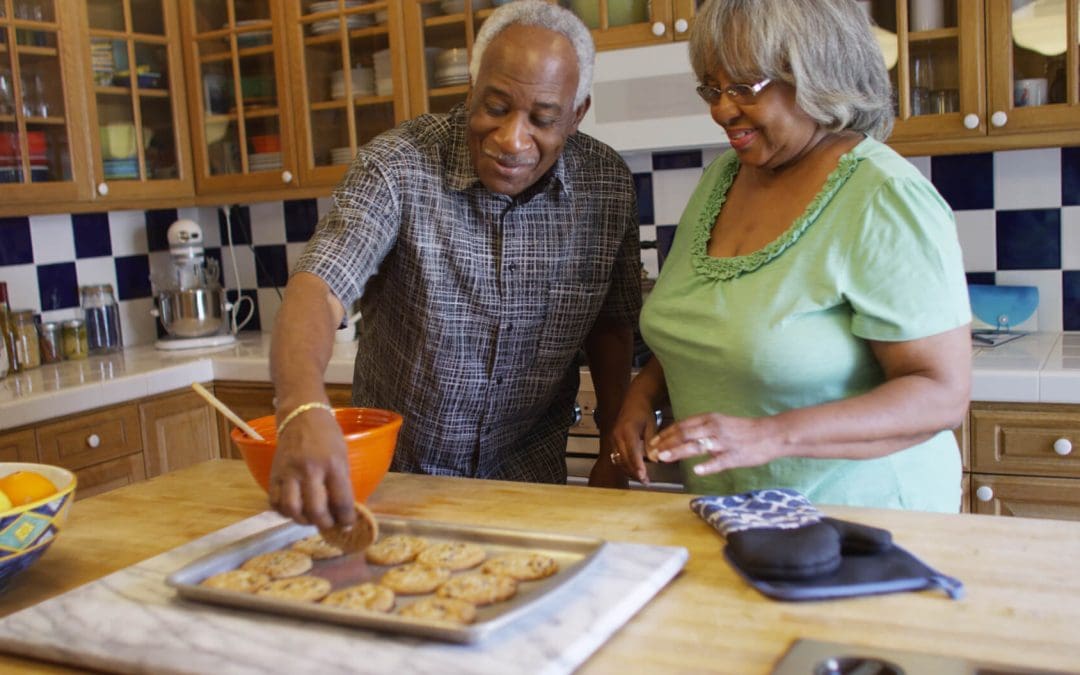The kitchen is full of potential hazards, but staying safe is easy with the right precautions. It’s essential to be mindful of kitchen safety practices to avoid accidents. From handling knives correctly to managing hot surfaces, let’s explore how to protect yourself and others while preparing meals.
Handle Knives Safely
Knives are one of the most used tools in the kitchen but can also cause serious injuries if mishandled. A sharp knife is actually safer than a dull one, as it requires less force and is less likely to slip. Always cut on a stable surface, and use a cutting board that won’t move around. Hold knives firmly with a proper grip, and when you need to carry one, point it downward and keep your grip steady.
Storing knives correctly is just as important as using them safely. To prevent accidents, a knife block, magnetic strip, or a designated drawer with safety covers are all good options. Never leave a knife loose in the sink or on the counter.
Heat Management and Kitchen Safety
Hot surfaces, open flames, and boiling liquids can easily lead to burns if you’re not careful. Always use oven mitts or potholders when handling hot pots, pans, or baking trays. Ensure these items are in good condition and free from holes. Be cautious when placing hot cookware on counters, and keep them out of reach of children and pets.
Turn pan handles inward when cooking on the stove to avoid knocking them over. Pay special attention to steam, which can cause painful burns. When opening a pot lid, tilt it away from your face to let the steam escape safely. Similarly, be cautious when removing food from the microwave, as containers can become extremely hot.
Avoid Cross-Contamination
Foodborne illnesses can be a hidden danger in the kitchen. Always wash your hands with soap and warm water before and after handling raw meat, poultry, or seafood to avoid cross-contamination. Use separate cutting boards for raw and cooked foods to prevent the spread of harmful bacteria. Clean knives, utensils, and surfaces immediately after they come into contact with raw ingredients.
Proper food storage is also critical. Refrigerate perishable items promptly and store leftovers in airtight containers. Keep your refrigerator at the correct temperature, ideally below 40°F, to ensure food stays fresh and safe to eat.
Stay Focused for Kitchen Safety
Distractions are a leading cause of kitchen accidents. Multitasking while cooking can lead to spills, burns, or forgotten items on the stove. Stay organized by keeping your workspace clutter-free and ensuring your ingredients and tools are ready before you start.
If you’re cooking with children, set clear rules and create a safe area for them to participate. Supervision is key, and teaching them basic safety practices can help prevent accidents.
Prepare for Emergencies
No matter how careful you are, accidents can happen. Keep a fire extinguisher in your kitchen and make sure you know how to use it. Never leave food unattended while it’s cooking, especially on the stove or in the oven. If a grease fire occurs, smother it with a lid or baking soda—never use water, as it can make the fire worse.
Have a first aid kit on hand and familiarize yourself with basic treatments for burns, cuts, and other common injuries. Knowing how to respond quickly can make all the difference in minimizing the severity of an accident.
By adopting these simple safety practices, you can create a kitchen environment that’s both functional and secure. Cooking should be an enjoyable activity, and taking the time to prioritize safety ensures that it stays that way. A safe kitchen protects you and makes the experience more relaxing and enjoyable for everyone involved.
Cover All Home Inspections offers comprehensive home inspection services to homebuyers and sellers in Indiana. Contact us to schedule our services today.
